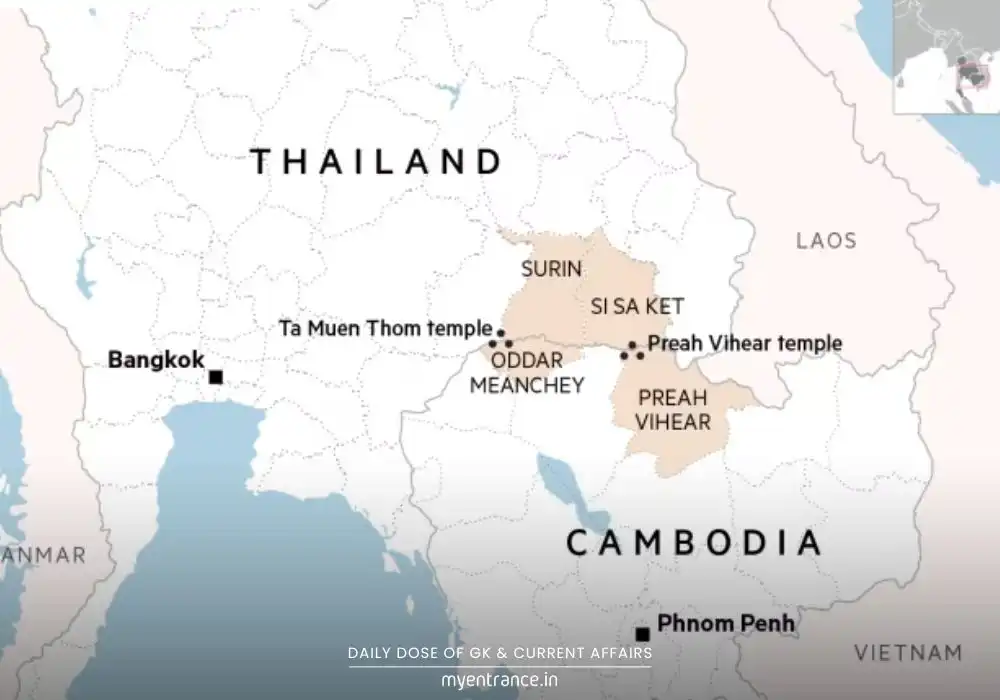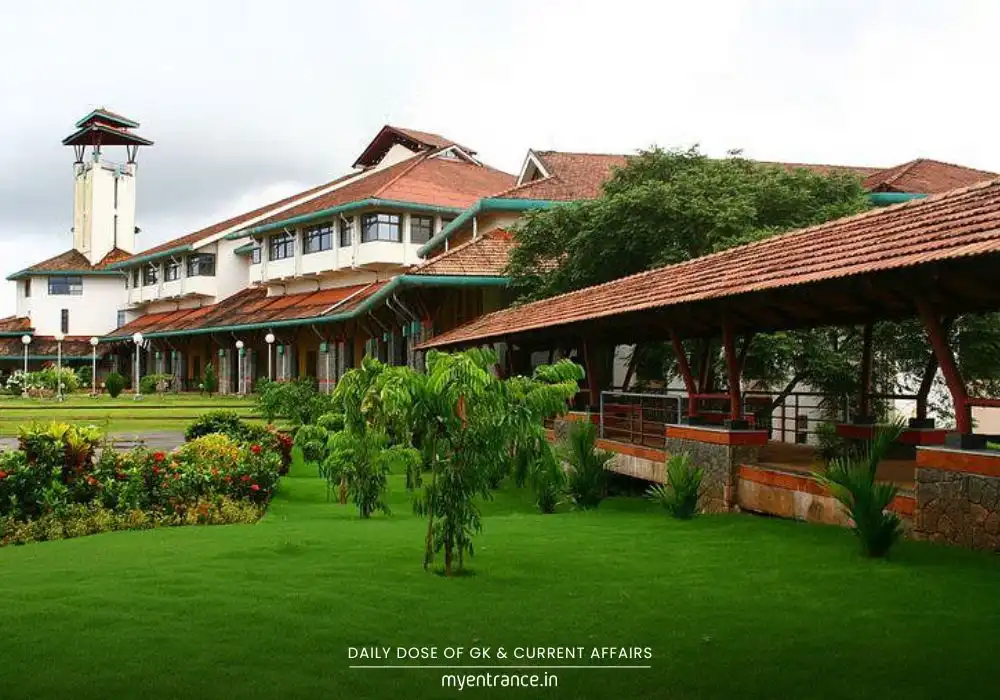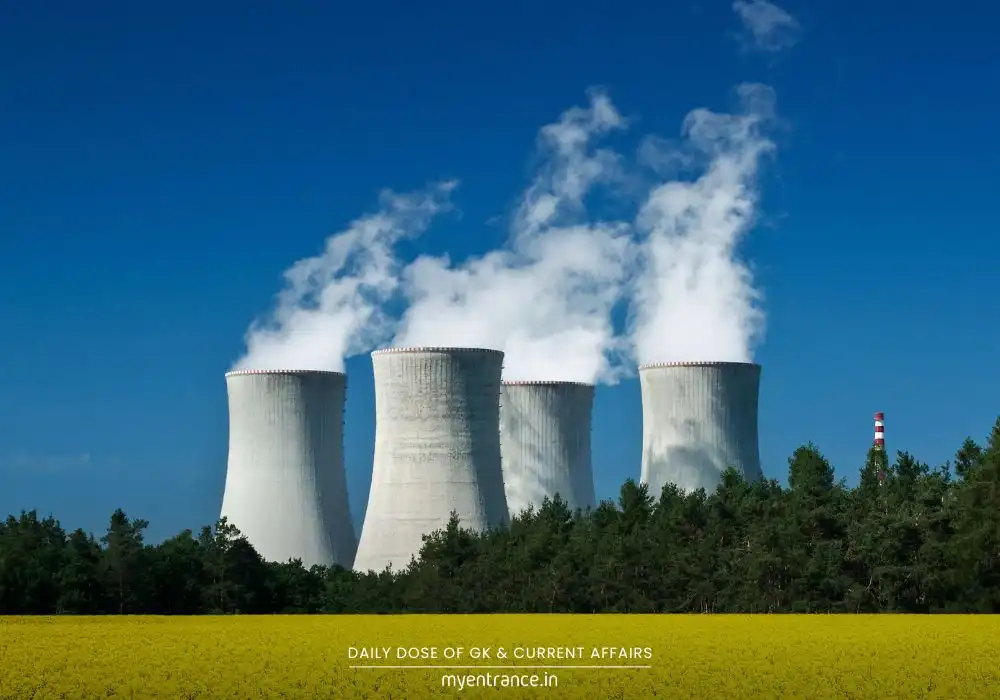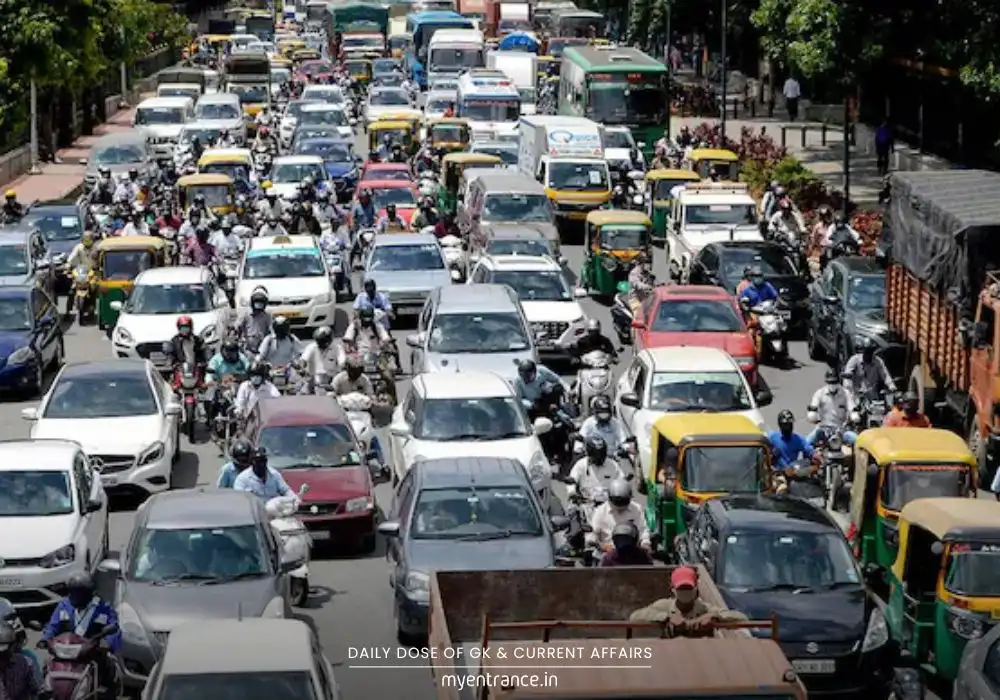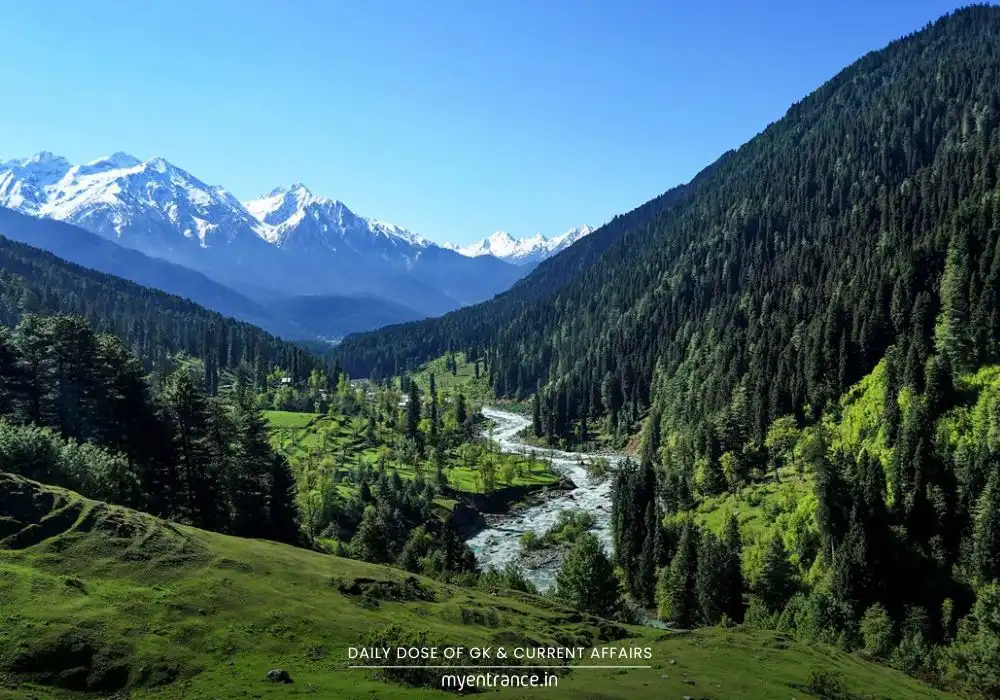Translate Language
MGNREGS 2025 Crisis: Why the 60% Spending Cap Matters for UPSC/SSC
The recent 60% spending cap on MGNREGS marks a seismic shift in India’s rural employment guarantee system. This policy change exposes deepening agrarian distress and rising job demand amid stagnant wages. For SSC, UPSC, and state PSC aspirants, understanding this scheme’s evolution and current challenges is non-negotiable.
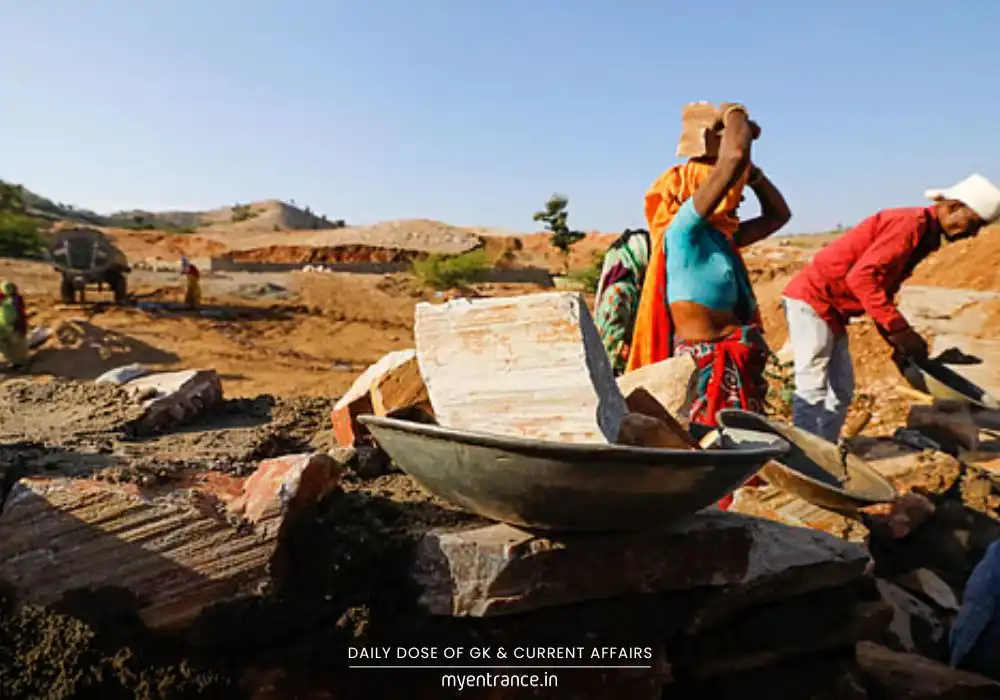
The MGNREGS Spending Cap: A Game-Changer
In a major policy shift, the government has imposed a 60% spending limit on MGNREGS funds for April-September 2025 – the first half of FY 2025-26. Unlike earlier years when the scheme operated as a demand-driven safety net, this restriction comes amid record-high work requests. Rural households seeking work jumped 4.5% year-on-year, reaching 27.59 million in June 2025. Critics argue the cap will hit vulnerable communities hardest during lean farming seasons, especially since 20% of the budget typically clears previous years’ pending wages.
Two Decades of MGNREGS: Promises vs Reality
2025 marks 20 years since MGNREGS launched, guaranteeing 100 days of annual work per rural household. Born after post-1991 liberalization agricultural wage declines, it became a lifeline during COVID-19, absorbing 7.9 crore workers in 2020-21. Yet chronic issues persist:
Budget shortfalls and wage delays
Only 7.4% of households achieved 100-day work in 2018-19
Average work days fell to 52 in 2023-24
The Rural Distress Indicators
Soaring MGNREGS demand reveals deeper economic pain:
Rural wages shrinking against inflation
Farm job dependency rising to 46% (from 42.5% in 2019)
Sluggish rural consumption per CMIE data
This reflects agriculture’s paradox: it employs 46% of Indians but contributes just 16% to GDP.
Why Farming Can’t Be the Savior
Despite projected 4.6% agriculture growth in FY25, real wages remain frozen. The sector relies heavily on monsoon-dependent Rabi harvests. Distressingly, agriculture has become a “fallback option” – evident when migrant workers flooded farms during lockdowns. NABARD data shows farm households earn just 33% of income from cultivation, forcing dangerous debt cycles to cover rising input costs.
Green Revolution’s Mixed Legacy
Post-1970s food security gains came at a cost:
Regional inequalities widened
Rainfed areas and millets neglected
Ecological damage from intensive farming
While Punjab and Haryana saw rural job growth via agro-industries, many states witnessed “distress-driven” non-farm employment as farmers sought side incomes.
The Way Forward
The MGNREGS cap contradicts its legal mandate as demand-driven work guarantee. Solutions require:
Scaling irrigation and climate-resilient farming investments
Reforming MGNREGA fund allocation
Boosting agro-processing to create sustainable jobs
As both farming and MGNREGS operate as distress buffers, policy must prioritize employment quality over fiscal limits.
Why This Matters for Exams:
MGNREGS and rural employment are high-yield topics for UPSC, SSC, KAS, and state PSCs. Recent changes feature in:
UPSC Mains: GS Paper III (Economy, Inclusive Growth)
SSC CGL: General Awareness + Descriptive Papers
KAS: Karnataka-specific rural schemes analysis
Questions often combine policy changes, agrarian data, and social justice angles – exactly like the spending cap issue.
Questions & Answers on MGNREGS:
Q1: How does the 2025-26 MGNREGS spending cap impact rural households?
*A1: The 60% fund restriction for April-September 2025 risks delaying wage payments during peak lean seasons. With 20% of budgets typically clearing past dues, households face reduced work days amid 4.5% higher demand.*
Q2: Explain agriculture’s ’employment paradox’ in India.
*A2: Agriculture employs 46% of workers (2023-24) but contributes only 16% to GDP. Despite 4.9% GVA growth (last 8 years), real wages stagnate – revealing weak job quality and low productivity.*
Q3: Why is MGNREGS called a ‘distress buffer’?
*A3: The scheme absorbs workers during crises, like COVID-19 when 7.9 crore sought jobs. Rising demand (27.59M households in June 2025) signals scarce alternatives, making it a critical safety net.*
Q4: What structural flaws in rural employment were exposed by the Green Revolution?
*A4: While boosting food output, it created regional disparities, neglected rainfed areas/millets, and pushed marginal farmers into debt-driven non-farm work – often low-wage informal jobs.*
Q5: Suggest reforms to strengthen MGNREGS post-spending cap.
*A5: Solutions include:
Dynamic fund allocation based on real-time demand
Integration with skill development programs
Faster wage payments via DBT
Climate-resilient asset creation to boost rural infrastructure*
Get 3 Months Free Access for SSC, PSC, NIFT & NID
Boost your exam prep!
Use offer code WELCOME28 to get 3 months free subscription. Start preparing today!

